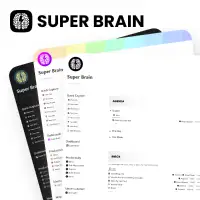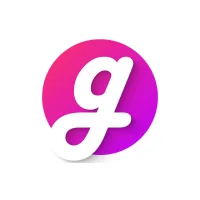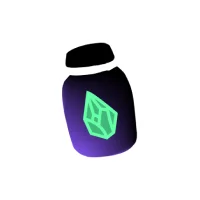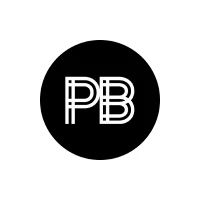What is Brand Awareness & How to Increase it: Full Guide & Strategy


This article provides tips for building brand awareness, including using social media, investing in SEO, and attending industry events. We also provide 10 tips for building brand awareness, such as building a strong brand identity and providing valuable content. Building brand awareness takes time and effort, but the rewards are worth it for any business that wants to establish itself as a thought leader in its industry.
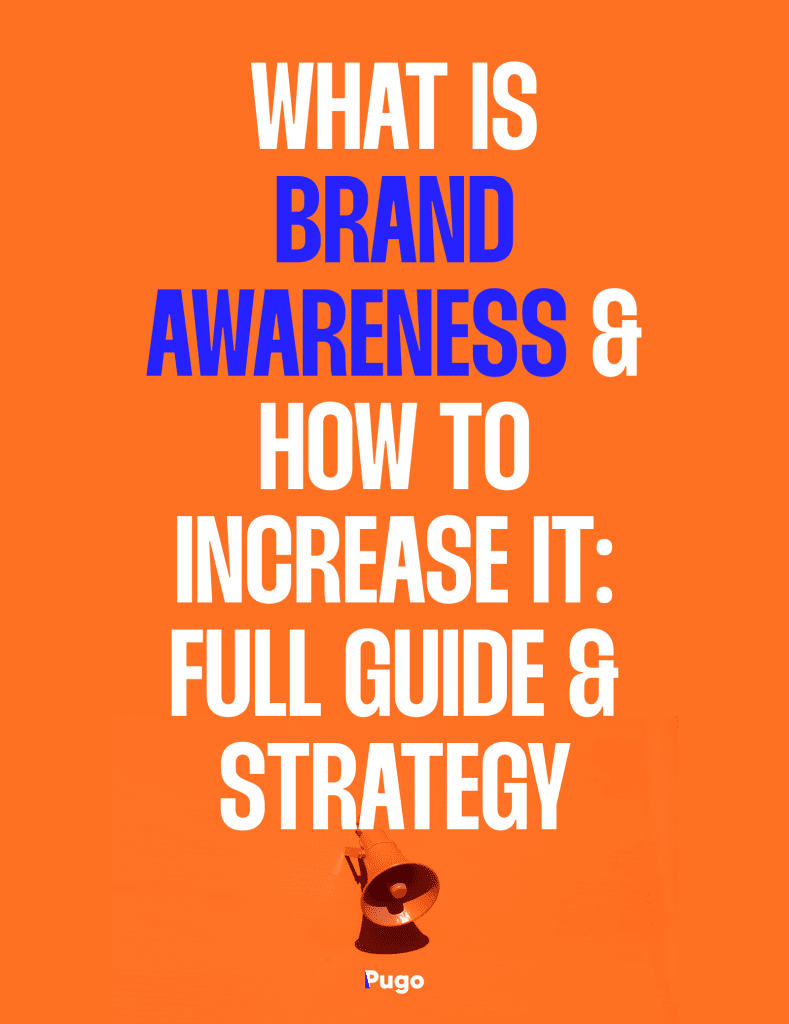

The most expensive brands are usually the best known. Learn how to increase brand awareness with social media, PPC ads, SEO, and more. In today’s competitive market, building brand awareness is crucial to the success of any business. Having a strong brand identity can help your business to stand out from the competition and attract new customers. Maximizing your brand awareness will help you to reach a wider audience and increase your customer base. In this blog post, we’ll discuss three effective ways to boost your brand awareness.
At first glance, everything is simple. Brand awareness = People know about your brand. But how to measure it? What does a precise definition of brand awareness mean for your business?
Below we’ll explain everything you need to know about creating an effective brand awareness strategy.


Let’s take a look at a diagram of a customer marketing funnel. The path to conversion always begins with brand awareness.
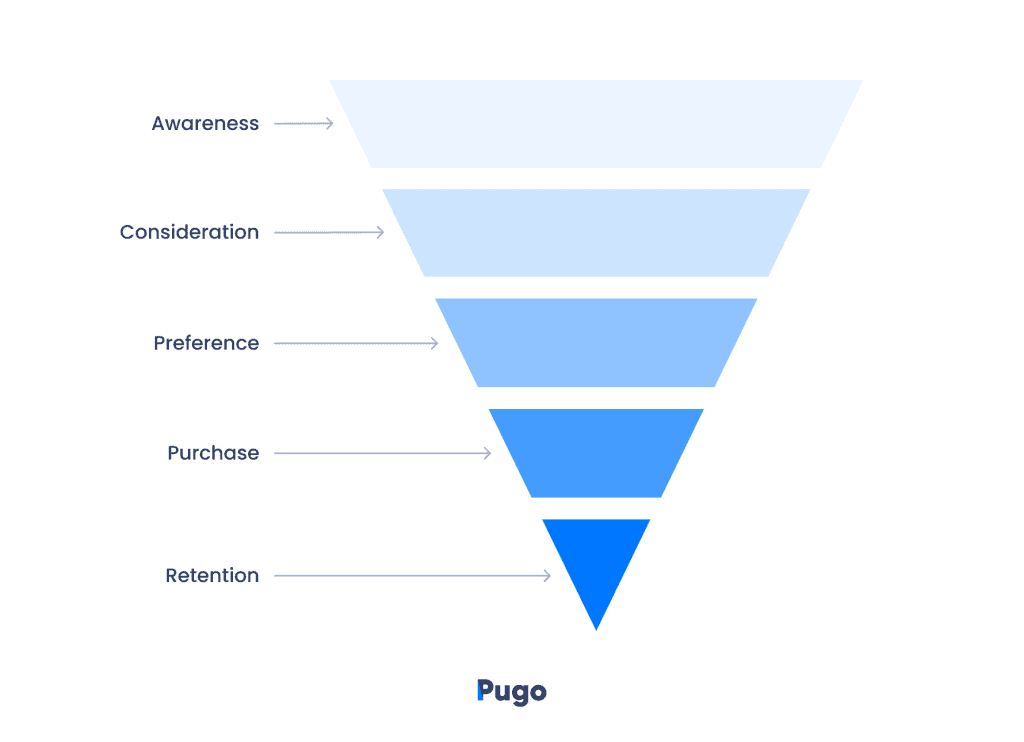

What is Brand Awareness?
Brand awareness measures how well people perceive a brand, including how “aware” of the brand exists. Brand awareness is not an individual metric, but rather a concept that covers many KPIs, from traffic to social media voice shares.
We’ll talk more about measuring brand awareness later in this post, but for now, think of brand awareness as one indicator of brand health.
Brand Awareness is the customer perception of a brand’s products or services. It is important for businesses because it builds brand value, creates brand associations, and can be a major factor in determining consumer purchasing decisions. Brand awareness is measured in a variety of ways, including surveys, focus groups, and brand recall tests.
Brand awareness is more than general brand awareness. You need to elicit a response from your target audience. In other words, your marketing materials should not only get your name out there but make your name synonymous with excellence in your industry.
Why is Brand Awareness Important?
Brand awareness is important because it helps audiences understand, recall, and become comfortable with your branding and products. If you can build brand awareness among your target demographic, you can help your brand become top-of-mind when these consumers are ready to research and make a purchase.
Strong brand awareness means your brand comes first when people think of the category of products or services you sell. Recognizing your logo or slogan makes it easier to communicate effectively through social content, especially images or short videos.
Since customers already recognize your brand, they will be more likely to buy from your business than, say, a competitor’s business with which they’re not as familiar.
Brand Awareness helps you build an emotional connection with your customers.
Build trust, create positive connections, and foster brand loyalty. Brand awareness is responsible for customers first recognizing your brand and then liking it. And over time, they act as brand ambassadors for family and friends.
Brand awareness is often seen as the first stage of the marketing funnel. By creating brand awareness, you can cast a wide net across your audience of potential buyers. From there, you can funnel leads toward the research and decision-making processes, and eventually the buying process.
This is why brand awareness is so important, it benefits every business of every size in every industry.
How to Increase Brand Awareness
Building brand awareness is more important than ever in today’s competitive marketplace. By following the tips and advice outlined in this article, you can give your business the best possible chance of success.
How Does Digital Marketing Increase Brand Awareness?
It’s no secret that people today spend a great deal of their time online. More than six hours per day, which indicates that the internet is not a place to miss if you’re looking for brand awareness.
Get in front of consumers where they are, and take advantage of all the exciting awareness opportunities available in the digital world today, and to come in the future.
Now, let’s dive into some of the ways you can use digital marketing to improve your brand awareness.
Ways to Increase Brand Awareness
A good brand awareness strategy uses a variety of tactics across multiple channels.
- Create sharable content
- Start a Referral Program
- Offer freebies (Give something away for free)
- Investing in marketing campaigns
- Build great PR and Influencer relationships
- Social media marketing
- Developing a strong SEO strategy
- Creating helpful and Targeted Content
- PPC advertising and Awareness ads
- Promote brand partnerships
- Tell a brand story and use storytelling
- Build a recognizable brand identity
- Leverage offline content
- Promote positive reviews and testimonials
- Guest blog for other sites
- Start a podcast & youtube
- Display Infographics
- Deploy remarketing campaigns
- Create value beyond your product
- Build authority in your field with educational content


1. Build a recognizable brand identity
Brand building is an important first step toward brand awareness. That means you need to have a clear idea of what your brand is and what it represents. What does your brand look like? Sound like? Stand for?


Some key components of a recognizable brand include:
Brand voice
What kind of tone do you use? Are you formal or casual? Cheeky or serious? Playful or businessy?
You don’t need to use exactly the same tone in every format. Your brand voice on social media might be more light-hearted and fun than the voice you use in, say, print ads. Your voice might even shift a little from Twitter to TikTok.
But the way you speak to customers and about your product should ultimately be recognizable across channels. Choose some consistent keywords and phrases and follow your style guide.
Brand aesthetic
Consistency is key to brand building and brand awareness. That’s true for your look as well as your words.
What are your brand colors? Fonts? What is your overall look on visual platforms like Instagram and TikTok?
For example, look at these Instagram posts from Old Navy, Banana Republic, and The Gap. All three brands are owned by the same company, but each targets a different demographic, with a social aesthetic to match.
Brand values
We’ve talked about defining what you look and sound like. But brand values define who you are as a brand. Having a clear set of brand values is the most important component of building a recognizable brand.
Don’t get hung up on your ideas of what values have to be. This isn’t all about doing charity work or making corporate donations (although those can certainly be aspects of how you live your brand values). This is more about defining what you stand for as a brand and how you embody that in your interactions with everyone from customers to employees.
Make sure your brand values align with those of your target audience. According to the Edelman Trust Barometer, 58% of consumers buy or advocate for brands based on their beliefs and values, while 60% of employees use beliefs and values to choose their employer.
This is not about lip service. What you do is at least as important as what you say.
Logo and tagline
You could argue these are part of your brand voice and aesthetic, but they’re important enough they deserve to be called out on their own. These are instantly recognizable representations of your brand.
If you read “Just Do It” or see the iconic swoosh, you don’t need anyone to tell you you’re looking at a Nike product or ad. Red Bull gives you what? (Say it with me now: Wings.) Put some thought into these aspects of your brand, as they’ll become the currency of your brand.
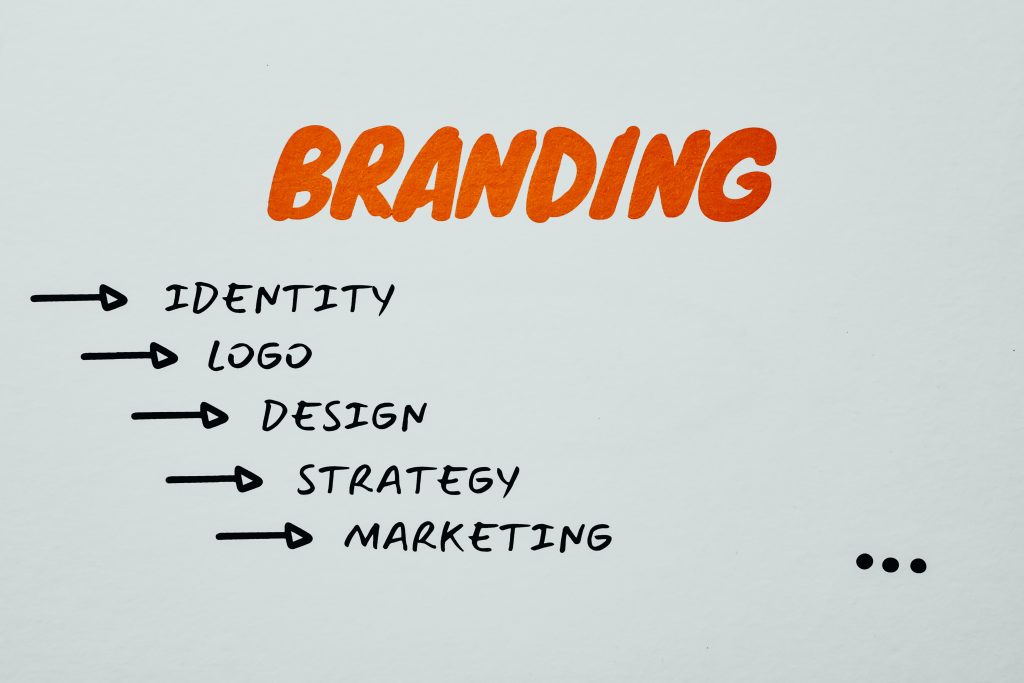

2. Invest in Marketing Campaigns
The key word here is investment. A strong marketing campaign requires great creative content, a thorough launch strategy, constant data monitoring, and a team that runs all the moving parts.
But the juice is worth it. Marketing campaigns are how brands reach a wide audience. In addition to being impressive and memorable, it converts consumers into customers through multiple touchpoints.


3. Building good relationships with the public and influencers
PR is all about managing how your audience perceives your brand. News articles, radio spots, and TV appearances fall under PR. The biggest benefit PR offers is that it allows you to be proactive about how you want your audience to perceive you.
Influencers build brand awareness by targeting their existing followers with curated product or service content, usually highlighting key features and positioning the brand in a favorable way. It’s worth noting that depending on their number of followers, influencer pricing can vary significantly. Like PR, influencer marketing is effective because the brand is given a final sign-off on how it is viewed and experienced.


4. Start a podcast & youtube
In the quest of achieving greater brand awareness, the more value you can add to consumers’ lives, the more likely they are to remember you, recommend you, and hopefully become customers.
Creating a podcast doesn’t have to be as straightforward as just talking about your product or service, or commenting on the industry that you’re in, get creative. Are you a fitness company? Interview athletes making a difference in their communities. Are you a beauty brand? Dive into the science behind creating different serums, hair care items, or makeup.
Consider which areas your team may be experts in, or outside experts you could leverage, and create a piece of content that not only adds value to listeners’ lives but when branded correctly, can work wonders for your brand awareness.


5. Ace Your Social Media Marketing
Social media is a powerful tool for building brand awareness. With billions of active users worldwide, social media platforms offer an excellent opportunity to reach a wide audience. To maximize your brand awareness on social media, you’ll need to create engaging content that resonates with your target audience. You should also make use of social media analytics to track your performance and adjust your strategy accordingly. Additionally, partnering with social media influencers can help you to reach a wider audience and boost your brand awareness.
Social media (which includes channels like LinkedIn and WhatsApp) provides a powerful platform to promote your brand and build relationships with your customers. Because of the nature of social media, this type of marketing content works best when it’s engaging, memorable, and most importantly, entertaining.
Also, don’t forget to use the “social” aspects of these platforms. Post different forms of content (such as carousels, interactive polls, gifs, or video content), interact with audiences by answering comments and questions or run sweepstakes or contests. Social media channels offer tremendous reach, and the brands that make the most of it are the ones consumers remember.


6. Guest blog for other sites
It’s important for brands to run their own blogs and build owned audiences, but they can only drive so much mileage from these assets.
This is where guest blogging comes in. This is the process of writing and pitching blog posts for another publication.
Here’s how you do it:
- Research blogs and publications in your industry. Search for industry keywords and guest posts via trusty old Google and social channels. For that client in education, for example, a quick search of ‘education guest blogging‘ brings you this list of education blogs that accept guest posts. As Neil Patel suggests, you can also Google ‘guest post guidelines’ and ‘guest post by’ in your industry to find sites that accept guest submissions. Or you can use platforms like MyBlogGuest and this collection of 500+ sites from BuzzBlogger to aid in your quest. You can find examples like this one from the Christensen Institute on GettingSmart.com.
- Make a list of the guest-post-accepting sites that your brand is a good fit for. Check each site’s blog content, comment sections, and social channels to better understand who their audiences are and how they engage with the content. You’ll want to make sure that you can provide content that fits into their offerings, while also offering a fresh take.
- Brainstorm ideas for blog posts. This can include your unique and helpful insights. Make sure they haven’t been covered on the sites you reach out to.
- Email each site with your pitches according to their submission guidelines–You may even write an entire post and let editors know it’s ready to go.
- Use these ideas to gain access to an entirely new audience and let the publication you guest blog on benefit from free content from a new industry voice.
7. Develop a strong SEO strategy
Invest in SEO
Search engine optimization (SEO) is another effective way to boost your brand awareness. By optimizing your website for search engines, you can increase your visibility and attract more traffic to your site. To maximize your brand awareness through SEO, you should focus on creating high-quality content that is optimized for relevant keywords. You should also make sure that your website is mobile-friendly, as an increasing number of users are accessing the internet through their mobile devices.
Good Search Engine Optimization (SEO) is key to ensuring that your content ranks as high as possible on search engines like Google. This increases the likelihood that consumers will see your content. After all, who goes to the second page of Google search results?
Unlike the other tips on this list, SEO is not directly related to your customers, so you can improve it almost instantly. Brands can:
Use relevant industry keywords. Research and use your top-ranking words to give search engines the information they need to display your content to your target audience.
Create content around these keywords. For example, an e-commerce store might rank for keywords such as “online shopping,” “free shipping,” or “same-day service.” In this case, these keywords could easily be used in a promotional post or blog titled “Online shopping just got better.” Enjoy Free Shipping!
Avoid keyword stuffing. Remember you are writing for people first! Poorly written content that overuses keywords without thinking will not bring the desired results. In fact, search engines may penalize you for this.
Effective SEO for videos. This entails SEO optimization of your videos so that they are indexed and ranked higher on search pages for relevant keywords (thus getting more attention to your video content).
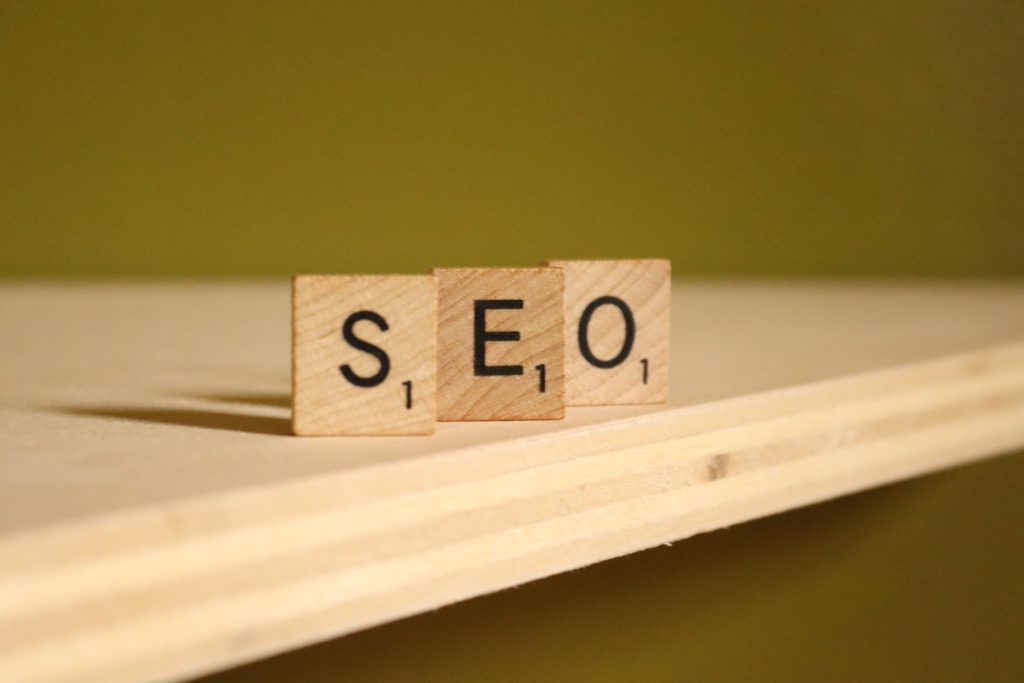

8. Tell a brand story and use storytelling
This correlates to some of the elements we’ve already talked about, but it goes a little further than your brand values and voice. Your brand story is the narrative of your brand and how it got to be that way.
For an entrepreneur, the brand story might be that they spotted a problem in their day job and invented a solution to fix the problem.
For a larger business, your brand story might be a conglomeration of your mission statement and your history.
Every brand has a story. But the critical component for brand awareness is to tell that story. Use narrative to showcase your brand story through, for example, customer experiences, or by marking key milestones in your growth.
For example, Harley-Davidson produces The Enthusiast magazine, which showcases rider stories as well as riding tips and information about new models and gear. Rider stories also feature on their social channels.


9. Creating informative, targeted content
Content for content’s sake is a waste of time and a waste of your customers’ time. It should be informative and focused on the specific needs of your audience. Make people want to read the content you create by consistently providing relevant and valuable information.
10. Foster Brand Partnerships
Brand partnerships are a common and great way to increase brand awareness because they connect you with brands that already have potential customers. When you open a new tab and Google “Versace x”, you can feel the power of the brand’s partnerships.
Of course, not all brands can partner with Versace. Smaller brands can do the same by partnering with local businesses, and SMEs, or hosting social events like fun runs and festivals.
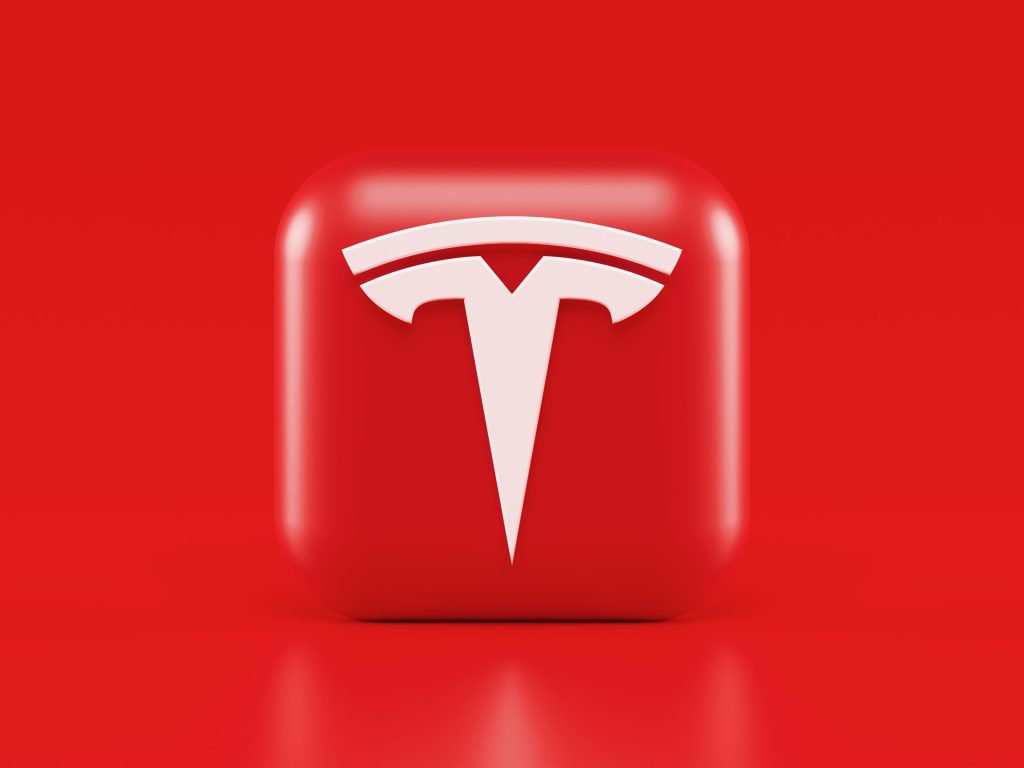

11. Accessing Offline Content
It seems like everything happens online these days, but the offline world still exists. Brands can increase their awareness by building an offline marketing campaign (think billboards, print material, posters, flyers, or brochures). The benefit of offline marketing is that the bar is generally quite low – when last did an offline advert really catch your eye? By cutting through the clutter and creating captivating content, you can boost your brand awareness.
Check out this post too: Best brand book design tips
12. Offer freebies (Give something away for free)
Everyone loves a freebie. Offering something for free is a good way to get skeptical potential customers to try your product. It can also create buzz about your brand online.
Whether it’s a free sample, a free trial, or a “freemium” business model, a free taste of what you offer helps get people in the door and spreads awareness of your brand.
What’s the difference between a free trial and a freemium?
In a free trial, you offer all or a version of your regular product or service for free for a limited time – usually 7, 14, or 30 days.
With a freemium business model, you offer a basic version of your product for free indefinitely with the option to upgrade to a paid plan for more advanced features.
Looking to spread awareness for your brand is not the time to ask people to cough up the cash. Instead, giving them a taste of what you have to offer without the commitment of payment can help you build a brand and increase awareness.
If you offer a subscription service, this could come in the form of a free trial. How can someone truly know who you are if they haven’t been able to try out your service? They may be aware of your name, but giving them access, even limited access to your offerings can deepen that awareness.
If you offer a product, this could come in the form of free samples. You may remember in 2016 when Girlfriend Collective nearly broke the internet giving away free leggings. They went from a brand new, unknown brand to 10,000 orders on the day of their official launch.


13. Consider Infographics
Although infographics and iconography might not fall into every brand’s style guide, they are valuable when it comes to displaying marketing data, statistics, and other consumable content. Infographics can build brand awareness in 3 ways:
They can be used (almost) everywhere. Infographics work as part of longer content such as homepages, social media, print, stand-alone, or blogs.
They are bright and colorful. Visuals are much more engaging and memorable than plain black-and-white text.
The expiration date is long. Infographics can take longer to create than plain text, but the tradeoff is that they serve their purpose much longer and can be repurposed and reused as needed.
14. Use PPC Advertising
PPC (pay-per-click) ads are an effective way to increase your brand awareness on Google. When a consumer needs a product or service in line with your offering, your website will appear at the top of their search results.
Brands only pay when an ad is clicked, meaning more consumers will see your brand than you are paying for and your spend is dedicated to those that have actually engaged with your URL.
Paid social media works in a similar way, except instead of your brand website, consumers are shown a brand post or advert (this is listed as Sponsored Content on most social media channels).
15. Use Remarketing Campaigns
Chances are you’ve already participated in numerous remarketing campaigns. They work like this: if a would-be customer visited your site but did not convert, remarketing ensures that the same user will see ads for your brand on social media and other sites. If the user clicked on a product, like a pair of headphones, images of those same headphones will pull through to the adverts served.
They’re effective, measurable, and through sheer repetition, position your brand as a flagship provider in your industry.
16. Create value beyond your product
A key way to build long-term brand awareness is to create value beyond your product. Think about ways you can inform, educate, or entertain.
Do you or your team have specialized expertise? Don’t keep it to yourselves! Share your knowledge through a blog, podcast, YouTube channel, or newsletter.
This shouldn’t be about making sales directly. Instead, this is a relationship-building and brand-awareness practice that creates more opportunities for audiences to get to know your brand.
For example, Patagonia creates films that align with its brand values and story. Their products appear in the films, but there is no hard sell. The value is in the films themselves. The webpage where the films live says, “We are a collective of storytellers who make films on behalf of our home planet.”
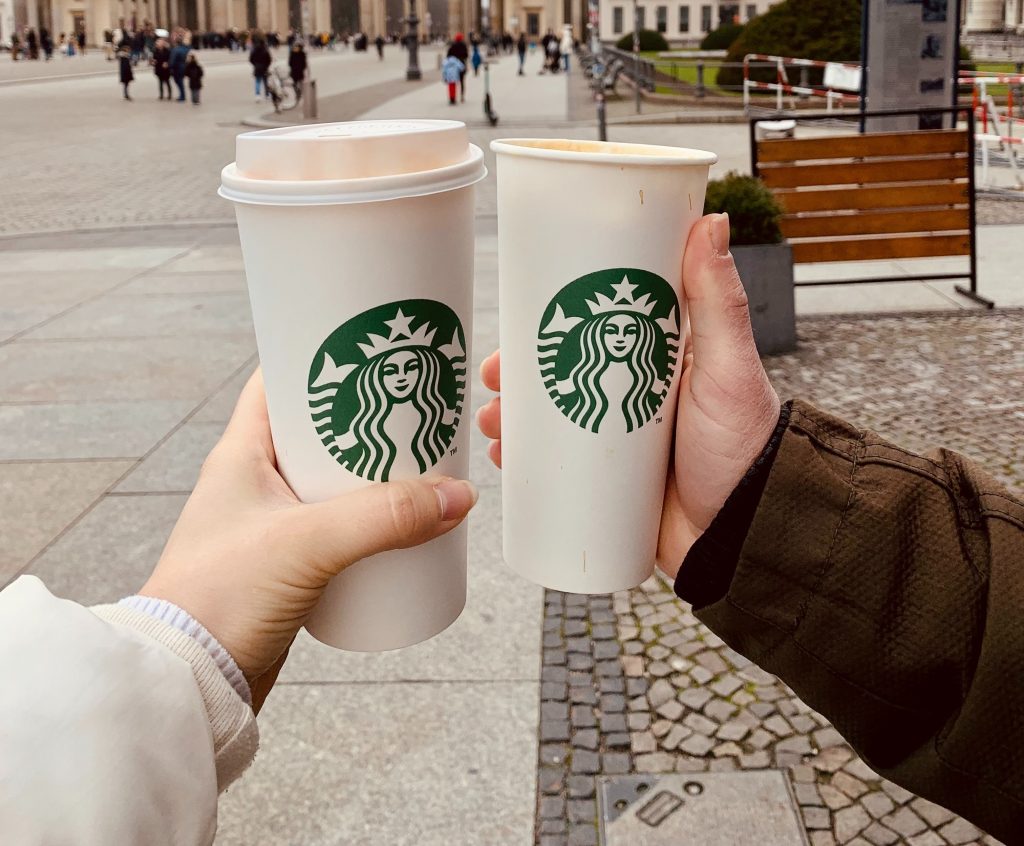

17. Start a Referral Program
One way to achieve brand awareness through coveted word-of-mouth marketing is to help your loyal customers be your best advocates.
49% of U.S. consumers say friends and family are their top sources of brand awareness.
A referral program not only increases your reach and the number of people who know your name, but it also brings that awareness from a source that people trust, their own friends and family.
Many companies offer referral programs, and one example is activewear company Alala which offers their customers 20% off of a purchase when they refer a friend who also receives 20% off. For consumers and their friends, it’s a win-win. For Alala, it’s a way to mobilize their brand evangelists to spread awareness and earn new customers, too.
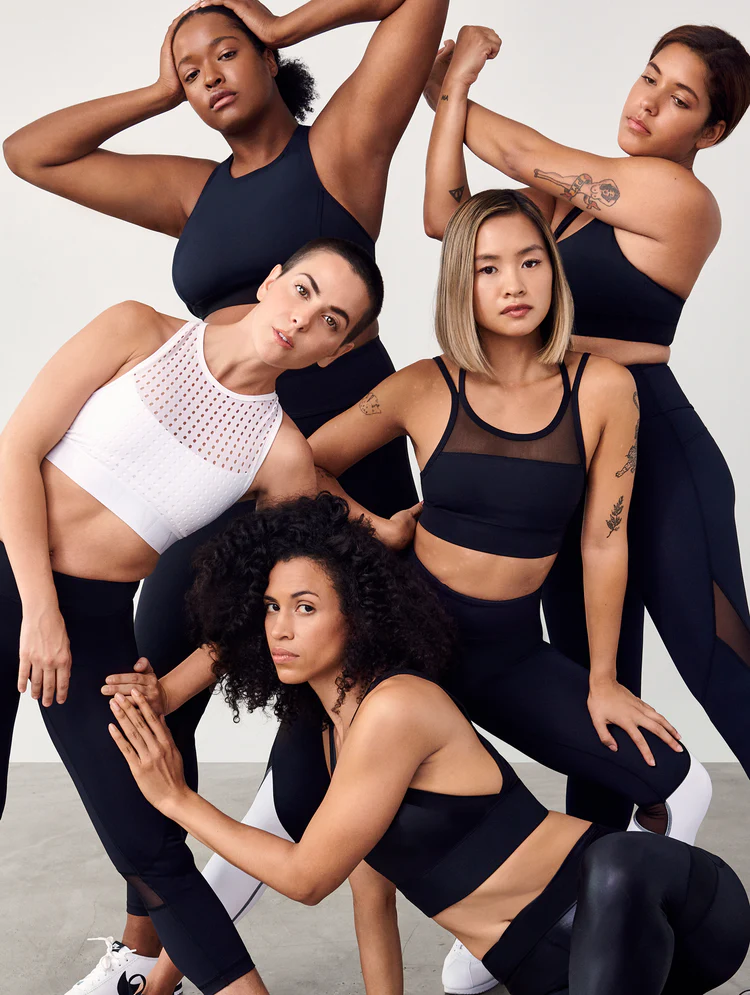

18. Build authority in your field with educational content
An important part of building brand awareness is becoming a thought leader or authority in your niche. The more authority you have, the more people will notice and share your content. , will appear higher in the search results.
This boils down to the concepts of E-A-T: Expertise, Authority, and Credibility. To build your E-A-T, you need to know what content can provide unique value specific to your niche or industry.
First, research what questions people are asking about your subject on search engines. Then create content that explores or answers those questions. Focus on specific, targeted questions instead of targeting a large number of keywords.
This way you identify unique opportunities where you can really boost your reputation instead of wasting time and resources on topics that all your competitors are already talking about.
19. Promote positive reviews and testimonials
There is no stronger brand awareness strategy than
word of mouth that encourages positive reviews and testimonials. Over 90% say family and friends are the most trusted source of advertising.
Brands are a great way to build awareness among your existing customers within your social circle, so you should invest in promoting your reviews and testimonials in every way and at every opportunity.
The brand builds awareness by promoting related products with star ratings, creating trust and positive relationships with its audience.
20. Attend Industry Events
Attending industry events is a great way to maximize your brand awareness. By networking with other professionals in your industry, you can build valuable connections and increase your visibility. You should also consider speaking at industry events to position yourself as an expert in your field. Additionally, sponsoring industry events can help you to generate brand awareness and establish your business as a thought leader in your industry.
Tips to Build Brand Awareness
In addition to the strategies we’ve discussed, there are several other tips you can follow to build your brand awareness. Here are ten tips to get you started:
- Create a strong brand identity: A strong brand identity includes a well-designed logo, a consistent color scheme, and a clear brand message.
- Use branded visuals: Incorporate your branding into all of your visuals, including social media posts, blog graphics, and email newsletters.
- Be active on social media: Post regularly on social media, engage with your followers, and create shareable content.
- Offer valuable content: Create content that provides value to your audience, such as blog posts, how-to guides, and infographics.
- Collaborate with other businesses: Partnering with other businesses can help you to reach a wider audience and build valuable connections.
- Utilize influencer marketing: Partnering with social media influencers can help you to reach a wider audience and boost your brand awareness.
- Host events: Hosting events is a great way to build relationships with your audience and generate brand awareness.
- Leverage email marketing: Use email marketing to promote your brand and keep your audience engaged.
- Invest in paid advertising: Paid advertising can help you to reach a wider audience and drive traffic to your website.
- Monitor your brand’s reputation: Monitor your brand’s reputation online and respond to any negative feedback or reviews.
Importance of Design to Brand Recognition
A lack of consistency in design can have a serious impact on brand recognition. Imagine a Netflix home screen, Google’s Google Workspace logo design, or a FedEx delivery van versus a UPS van. The fact that you can instantly conjure anything in your imagination shows how closely design relates to brand recognition. This is why brands go to great lengths to create recognizable logos and use unique brand elements such as key colors and fonts.
A good brand style guide will have detailed do’s and don’ts to ensure that every piece of branded content from your homepage to corporate gifting, looks and feels consistent.
However, scaling your design efforts to manage consistent brand exposure across as many different channels as possible is easier said than done. Brands with large volumes of design needs can gain from partnering with brand and design experts such as PugoStudio.
How to Measure Brand Awareness
Measuring brand awareness can be done in a number of different ways, each with a different focus and metric. Although it’s impossible to measure exactly how many people are aware of your brand and what their perceptions might be, these measurement approaches can provide key data and insights.
Website Traffic
Most brands that have a website (and that’s most brands) use it as their primary tool for attracting customers. Is your website traffic increasing with your brand awareness efforts? If so, check out what works and build on it. If not, use the data to decide what needs to be improved.
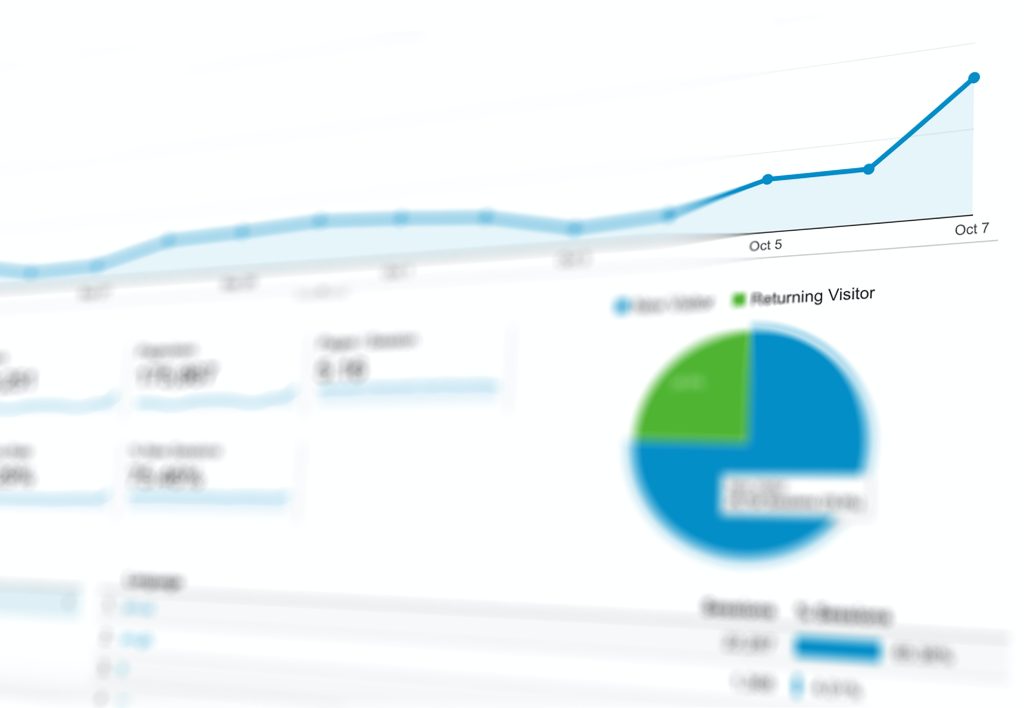

Direct traffic
Direct traffic is an indication of how many people land on your website by typing in your website address directly. (As opposed to finding you through a search engine, social channel, and so on.)
If someone knows your URL, they’re pretty clearly aware of your brand.
Using a web analytics tool like Google Analytics, you can see how people find your website online. Look for the direct traffic information to see how many people are typing your URL directly into their browsers.
Social Media Followers, reach, impression, and growth rate
The brand’s social media accounts contain a lot of data that can be viewed. Look at your follower count, which posts outperform others in terms of engagement, and how often people interact with your content.
Reach
Reach indicates the number of people who see your social content. When more people see your content, more people are likely to start to recognize what differentiates you as a brand. (This is why it’s so important to have a consistent brand voice and aesthetic.
When tracking your reach as a measure of brand awareness, pay special attention to the number of followers and non-followers.
Non-followers who see your content are potentially being exposed to your brand for the first time, generating new awareness. They’re seeing your content because it was recommended to them, either by one of their social contacts or by a social algorithm.
Impressions
As noted above, reach measures the number of people who saw your content (or, more specifically, the number of accounts that saw your content). By contrast, impressions measure the number of times people saw your content.
If your number of impressions is significantly higher than your reach, people are looking at your content multiple times. This can be a great signal of brand awareness. After all, the more times someone looks at a single piece of content, the more likely they are to remember the brand behind it.
Audience growth rate
Audience growth rate measures how quickly your audience is growing. This provides great signals of brand awareness, as followers are certainly more likely to know about and recognize your brand than are people who don’t yet follow you.
To calculate audience growth rate, take your number of new followers over a certain period and divide it by your total existing followers. Then, multiply by 100 to get your audience growth rate as a percentage.
Brand Recall and Recognition Tests
Unlike data analysis, this test works with focus groups. The brand recall test asks customers if they can remember a particular brand when given a list of other brands in the same industry. A brand awareness test asks customers if they can recognize a brand when presented with a logo or other visual cue. Both give great direct feedback on how your brand awareness efforts stack up against your competitors.
Investigation Or Surveys
Unlike recall or perception tests, surveys can be sent to a much larger audience and therefore more accurately reflect the general audience.
Are you ready to grow your brand awareness?
Building brand awareness is essential for the success of any business. By utilizing social media, investing in SEO, attending industry events, and following the tips we’ve discussed, you can increase your visibility and attract more customers. It’s important to remember that building brand awareness takes time and effort, but the results are worth it. With a strong brand identity and a solid marketing strategy, you can establish your business as a thought leader in your industry and take your business to the next level.
One of the most important things to remember about brand awareness is that it takes time. It doesn’t happen overnight and it often takes years to build brand awareness. After all, Coca-Cola has been around for over a century, and Nike is almost 60 years old.
This does not mean that good results cannot be expected after a few months. Try combinations of the above brand awareness strategies and stick with them consistently.
To take your brand awareness to the next level, find out how PugoStudio subscription and branding services can help your business.




